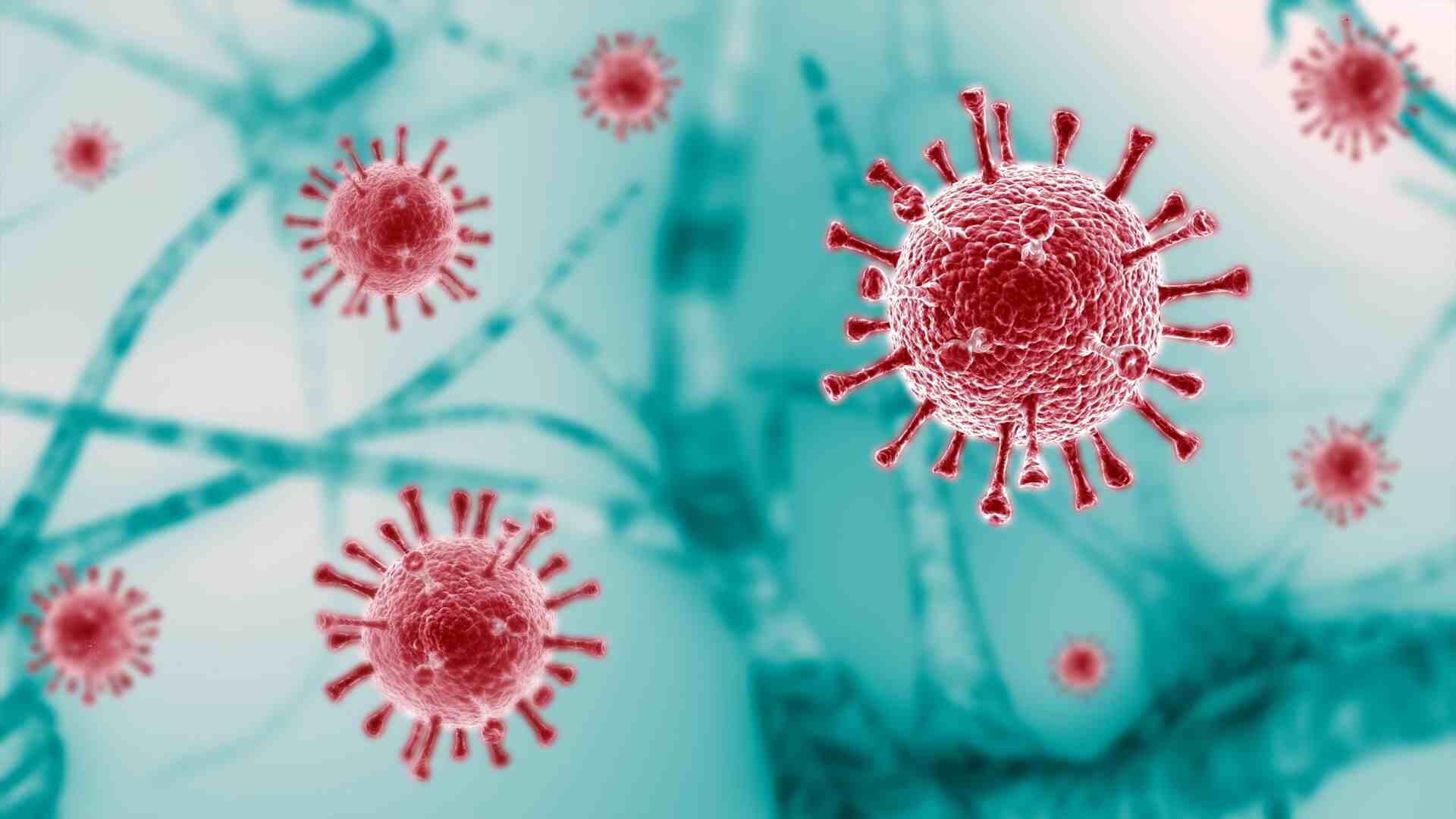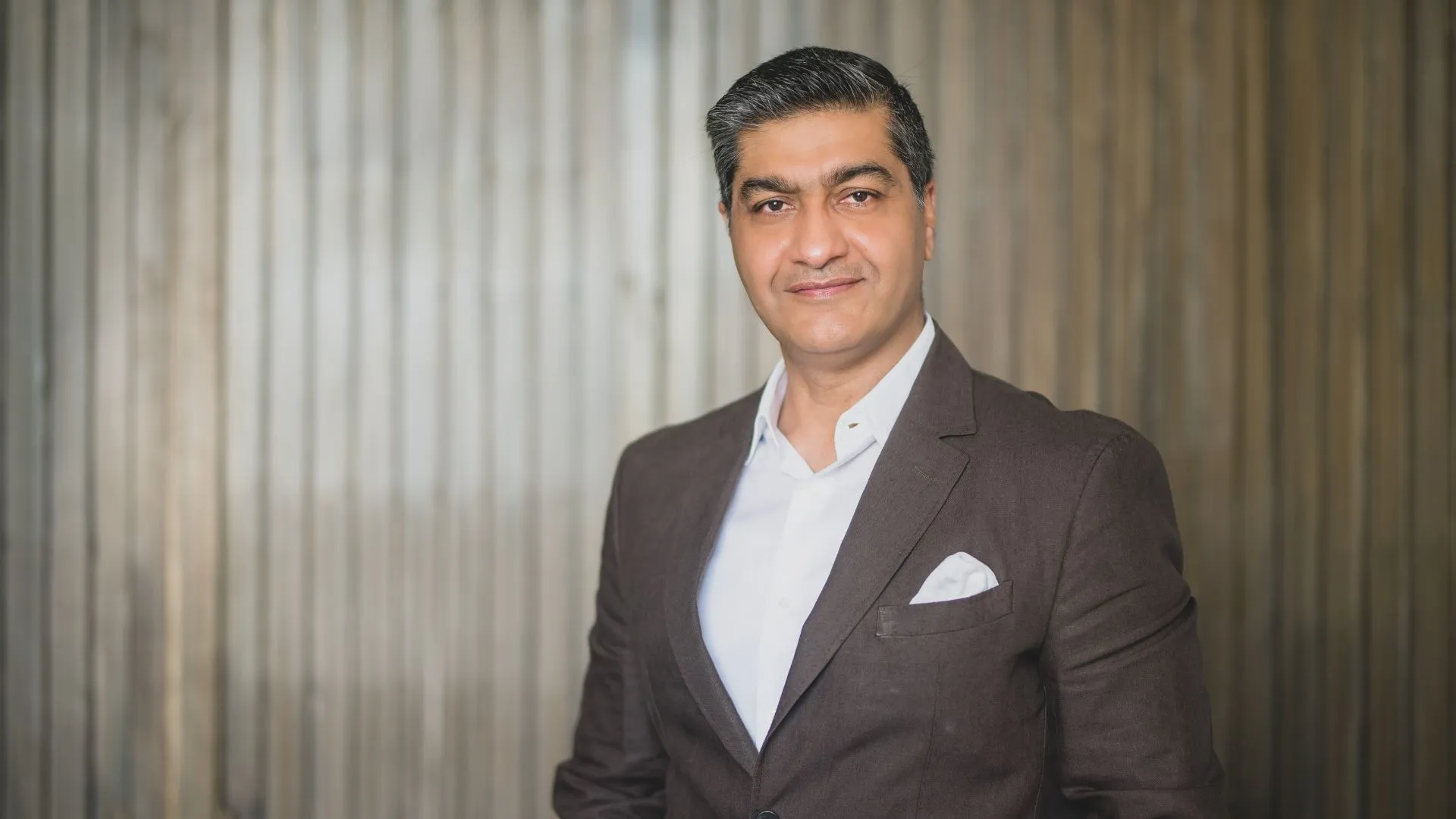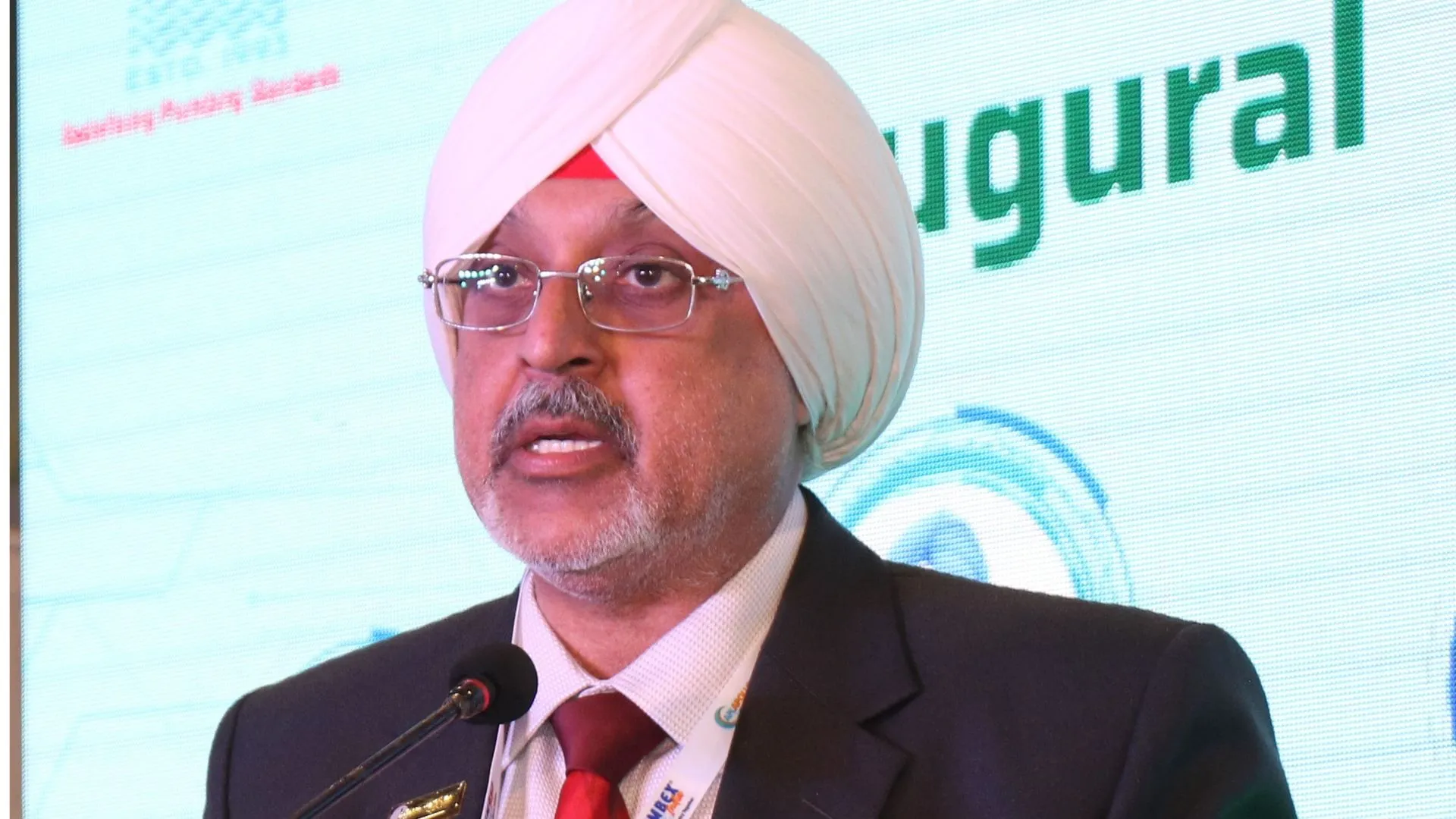Researchers from the Universities of Arizona, Oxford, and Leeds reviewed numerous studies on long COVID to understand its prevalence, the disease mechanisms, the variety of symptoms, and potential treatments. Long COVID, also known as post-COVID-19 condition, is characterized by symptoms lasting three months or more after the initial COVID-19 infection, affecting multiple organ systems and causing issues like fatigue, cognitive impairment (often called ‘brain fog’), breathing difficulties, and pain.
Long COVID can affect individuals of all ages, including children. It is more common in females and those with lower socioeconomic status, though the reasons for these disparities are still being studied. The researchers noted that while some patients gradually recover, others experience long COVID for years. Many who developed long COVID before vaccines became available remain ill.
“Long COVID is a devastating disease with a profound human toll and socioeconomic impact,” said Janko Nikolich, MD, PhD, senior author of the study and director of the Aegis Consortium at U of A Health Sciences. He emphasized the importance of understanding the mechanisms to find therapy targets, potentially benefiting other chronic conditions like myalgic encephalomyelitis/chronic fatigue syndrome and fibromyalgia.
Being fully vaccinated and up to date with boosters reduces the risk of long COVID, but 3%-5% of people worldwide still develop the condition after an acute COVID-19 infection. The Centers for Disease Control and Prevention estimates that long COVID affects 4%-10% of the U.S. adult population, with 1 in 10 adults who had COVID developing long COVID.
The review found various biological mechanisms involved in long COVID, including the persistence of the virus, disruption of the immune response, and microscopic blood clotting, even in those with mild initial infections. Currently, there are no proven treatments for long COVID; management focuses on symptom relief and rehabilitation. Researchers stress the need for biomarkers to diagnose and monitor long COVID and therapies addressing its root causes.
People can lower their risk of developing long COVID by avoiding infection, using antivirals promptly if infected, avoiding strenuous exercise during infection, and staying current with COVID vaccines and boosters.
“Long COVID is a dismal condition, but there are grounds for cautious optimism,” said Trisha Greenhalgh, lead author of the study and professor at Oxford’s Nuffield Department of Primary Care Health Sciences. She highlighted the ongoing research trials for mechanism-based treatments, which, if effective, could target specific subgroups with precision therapies. Greenhalgh also emphasized the significant social and economic burden of long COVID, particularly on ‘long-haulers’ who have been unwell for two years or more, and the need for better treatment and support strategies for these individuals.










